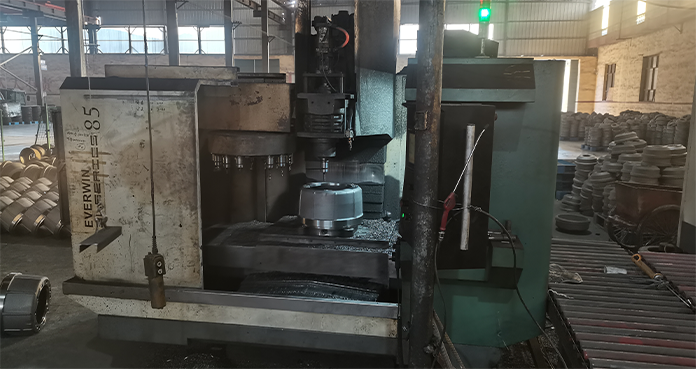Sep . 25, 2024 20:31 Back to list
brake drum specifications
Understanding Brake Drum Specifications
Brake drums are an essential component of a vehicle's braking system, particularly in older models and certain types of vehicles like trucks and larger SUVs. Despite advancements in brake technology, understanding brake drum specifications is crucial for vehicle owners and technicians alike. This article explores the key aspects of brake drum specifications, including size, material, design, and maintenance.
Size Specifications
The size of a brake drum is a primary specification that must be considered. Brake drums are usually measured by their diameter and width. Common diameters range from 10 to 16 inches, with the width often being between 2 to 4 inches. The diameter affects the overall braking performance; larger drums generally provide better heat dissipation and increased stopping power. However, it's essential to match the drum size with the vehicle's design as an incorrect size can lead to inefficiency and safety hazards.
Another crucial measure is the bolt pattern, which must align with the vehicle's wheel hub to ensure a secure fit. Specifications regarding the number of bolt holes and their spacing can usually be found in a vehicle's service manual or obtained from manufacturers.
Material Composition
Brake drums are typically made from cast iron or aluminum. Cast iron is the traditional choice due to its excellent heat resistance and strength. It provides durability and is capable of withstanding the high temperatures generated during braking. However, advancements in technology have introduced aluminum drums, which are lighter and can provide better performance in specific scenarios, such as racing or high-performance driving.
Some brake drums also come with additional coatings or treatments to enhance their resistance to corrosion and wear
. These specifications can significantly impact the longevity of the brake drum and the overall braking system's performance.brake drum specifications

Design and Ventilation
The design of brake drums has an impact on their performance. Traditional solid drum designs can efficiently provide braking power but may struggle with heat dissipation under heavy use. For enhanced performance, manufacturers have developed vented drum designs that allow air to circulate within the drum, helping to dissipate heat more effectively.
Additionally, some drums come with fins or other structural modifications to further improve cooling during operation. When choosing a brake drum, consider these design features, particularly if the vehicle is frequently used for heavy-duty applications.
Maintenance and Replacement
Regular maintenance of brake drums is critical for ensuring optimal performance and safety. Brake drums should be inspected regularly for signs of wear and tear, including scoring, cracking, or excessive heat discoloration. When measuring the inner diameter of the drum, a micrometer should be used to determine if it exceeds the manufacturer's specifications for wear.
Replacing brake drums is necessary when they wear out past their limits, typically measured in thousandths of an inch. Manufacturers often specify a maximum diameter that should not be exceeded after machining or wear. It is also advisable to replace brake drums in pairs (front or rear) to maintain balanced braking performance.
Conclusion
Brake drum specifications play a crucial role in ensuring the safety and reliability of a vehicle’s braking system. Understanding these specifications, including size, material, design, and maintenance practices, empowers vehicle owners and technicians to make informed decisions regarding brake drum selection and upkeep. As braking systems evolve, being aware of these factors will enhance vehicle performance and longevity, ensuring safe driving under all conditions. Regular inspections and adherence to manufacturer specifications can prevent brake failure and enhance the vehicle's overall safety profile. In the world of automotive maintenance, taking brake drum specifications seriously is not just prudent—it is essential.
-
Scania Brake Drums: OEM Quality for Optimal Safety & Durability
NewsAug.16,2025
-
R.V.I: Advanced Remote Visual Inspection for Precision
NewsAug.15,2025
-
Discover HYUNDA: Innovative Vehicles, Equipment & Solutions
NewsAug.14,2025
-
R.V.I: Unlock Advanced Insights & Real-time Performance
NewsAug.13,2025
-
Kamaz Brake Drum: Durable & Reliable for Heavy Duty Trucks
NewsAug.12,2025
-
Heavy Duty Iveco Brake Drum - Premium Quality & Safety
NewsAug.11,2025
